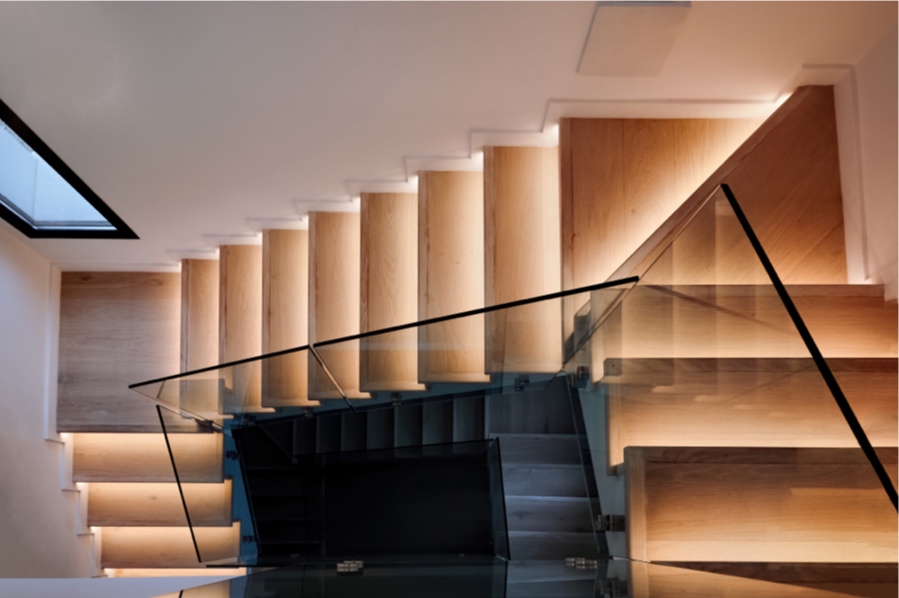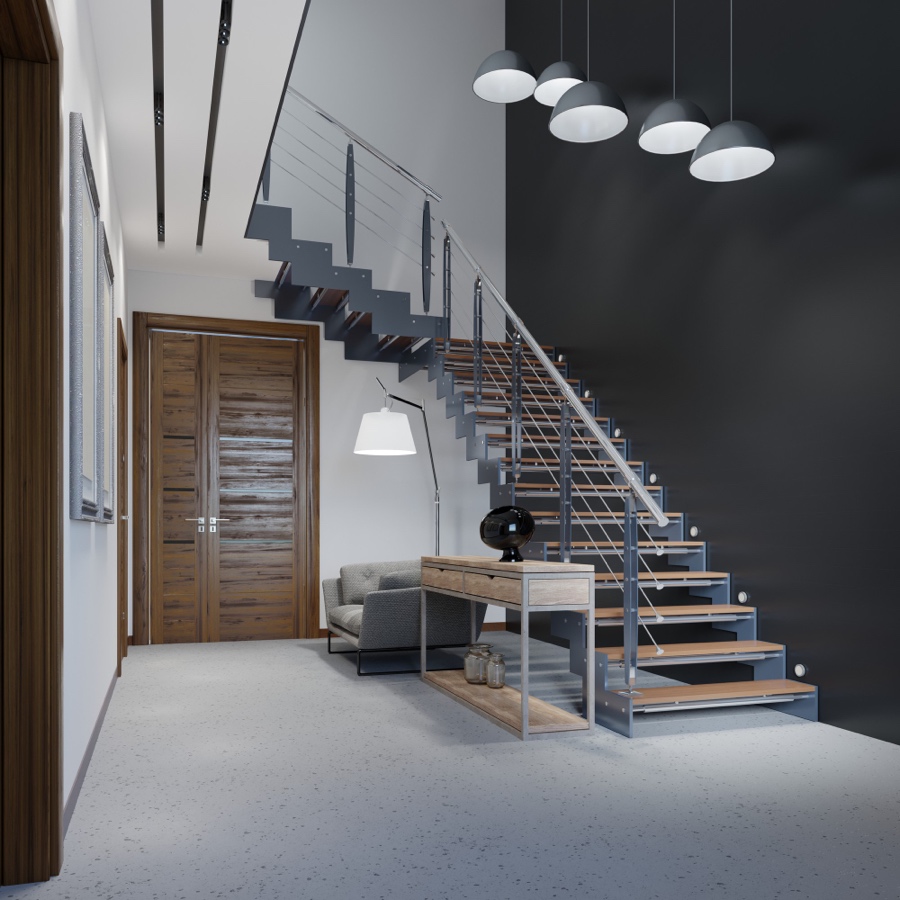Last updated on
Transform your stairs from ordinary to extraordinary! Learn how to customize stairs to suit your style and needs while ensuring safety.
Customizing stairs is an essential aspect of interior design. It allows homeowners to create a unique look while meeting their needs and preferences. Stairs can be customized in many ways, from material selection and color choice to size and shape.
In addition to making your home more beautiful, it is important that you choose a staircase that meets safety standards. A 23-year research period shows that at least one million people yearly are injured from poor stair design and construction. Proper planning and complying with regulations help prevent these accidents.
Customizing stairs requires careful consideration of different factors to achieve the desired outcome while maintaining safety standards simultaneously. This article will explore how to customize stairs effectively to create a staircase that meets aesthetic and practical requirements.
What's Inside
Factors to Consider Before Customizing Your Stairs

Customizing stairs to suit your style and needs can be a great way to add value to your home. Several factors should be considered before embarking on this project. These include the following:
Budget
Knowing the cost of materials and labor beforehand will help ensure that the result fits within financial constraints.
It may also be necessary to consider how much money you are willing to spend to create the desired effect or function. This includes researching whether existing components can be reused or salvaged from other projects.
Space Availability
It determines what kind of designs can be implemented. It’s vital to measure the available area carefully before making any decisions about the size and shape of the staircase structure itself.
Style and Design
Your preferences play a crucial role in tailoring stairs for individual use cases. Some people might prefer modern designs, such as commercial concrete stairs with glass and metal accents instead of traditional wooden ones. These staircases also incorporate curves rather than straight lines, and handrails can be positioned at different heights.
All these options must be weighed carefully before committing to a particular solution.
Safety Considerations
It is vital not to overlook safety considerations when customizing a staircase, particularly if young children or older individuals are present. They may require additional support when using the stairs daily.
It’s best to invest in robust handrails which offer a good grip even when wet, select non-slip surfaces with adequate tread depth, and check local regulations regarding minimum width requirements. All these elements have been designed with user security being paramount at heart; therefore, they shouldn’t be disregarded lightly either.
If you consider these factors before and during the process, you can meet both your aesthetic and practicality criteria while staying within budget.
Staircase Design Ideas for Different Spaces

Staircases come in all shapes, sizes, and materials, with different designs for each space type – small, large, outdoor, and commercial spaces. This part of the article will provide a few ideas on customizing stairs for these various areas.
Small Areas
They are often the most challenging to design, but options such as spiral staircases or winder steps can be customized to fit into tight areas. Spiral staircases offer a unique look while saving valuable floor space due to their circular shape.
Winder steps feature two wide treads followed by two narrow treads, creating a zig-zag pattern when viewed from above; adding additional risers between the wider treads is possible if necessary.
Large Areas
They have more flexibility in customization because they have plenty of room for additional features like landings or decorative balusters. Combining straight flights with curved ones is possible to use every inch of space without compromising safety or comfort.
Open risers may also be used along with precast concrete stringers or hardwood paneling on either side of the staircase to achieve an elegant yet modern aesthetic appeal.
Outdoor Areas
These need special consideration since they must withstand weather conditions and potential vandalism over time. This means using durable materials such as aluminum or steel instead of wood whenever possible.
Outdoor stairs should also feature non-slip surfaces for added safety and handrails wherever applicable according to local building codes. It’s ideal to install solar-powered lights so that visitors can safely navigate the stairs at night.
Commercial Areas
They require careful planning since they must meet multiple criteria, including fire code requirements, ADA compliance standards, and any other regulations specified by local authorities.
Commercial stairs typically feature metal pan landing systems built from galvanized steel or stainless steel covered with rubber mats offering extra grip and durability; glass railings may also be installed depending on architectural preferences and budget constraints.
The Takeaway
As long as you conduct proper planning and research, you can design a unique stairway that reflects your lifestyle and aesthetic preferences while providing functionality. By considering all factors involved in creating a customized stairway, homeowners can craft something truly special that enhances the look and feel of their home.




